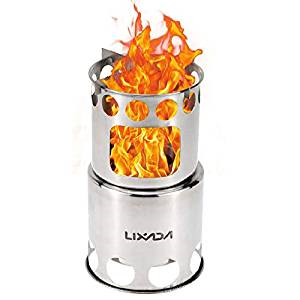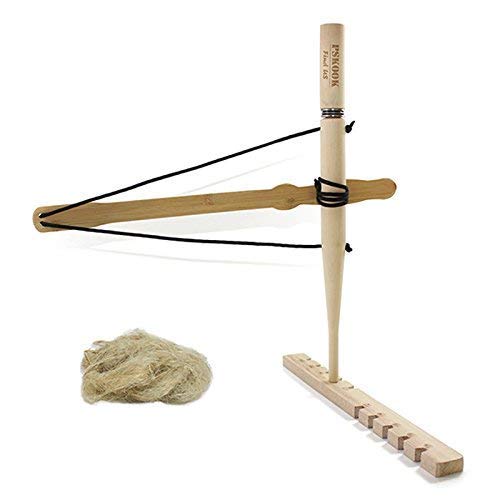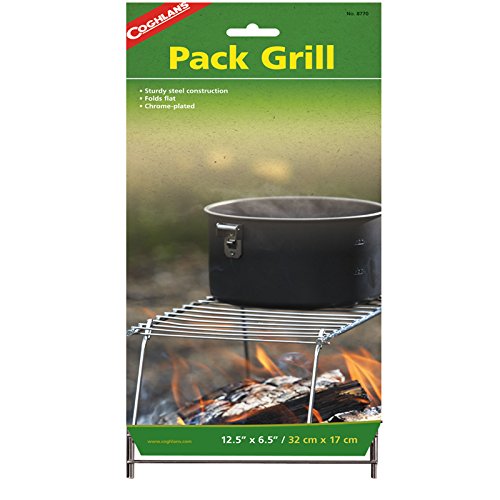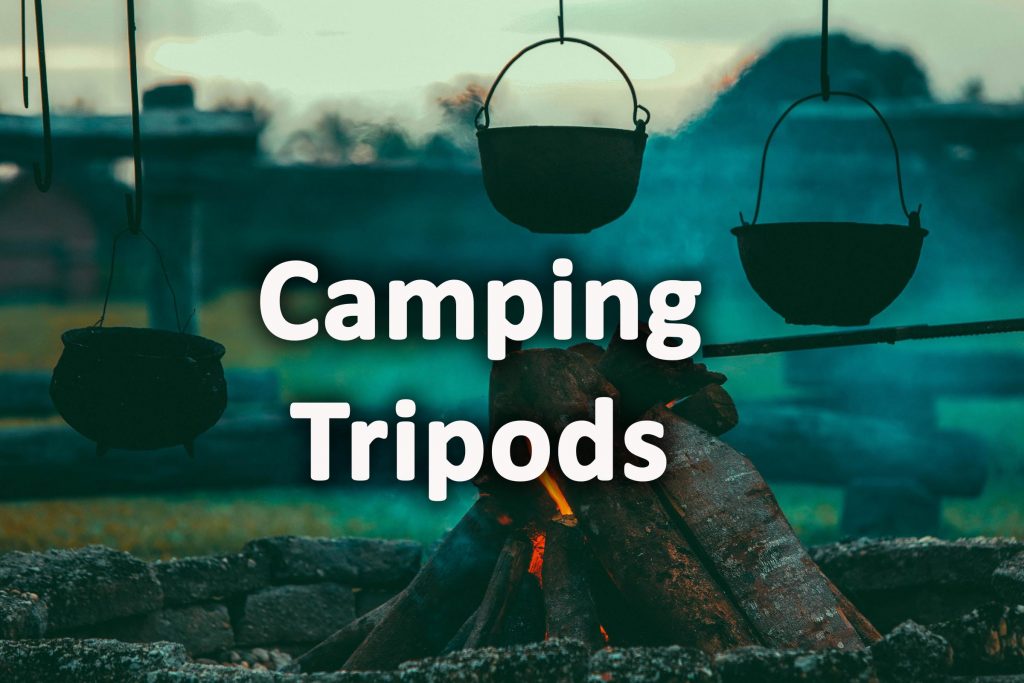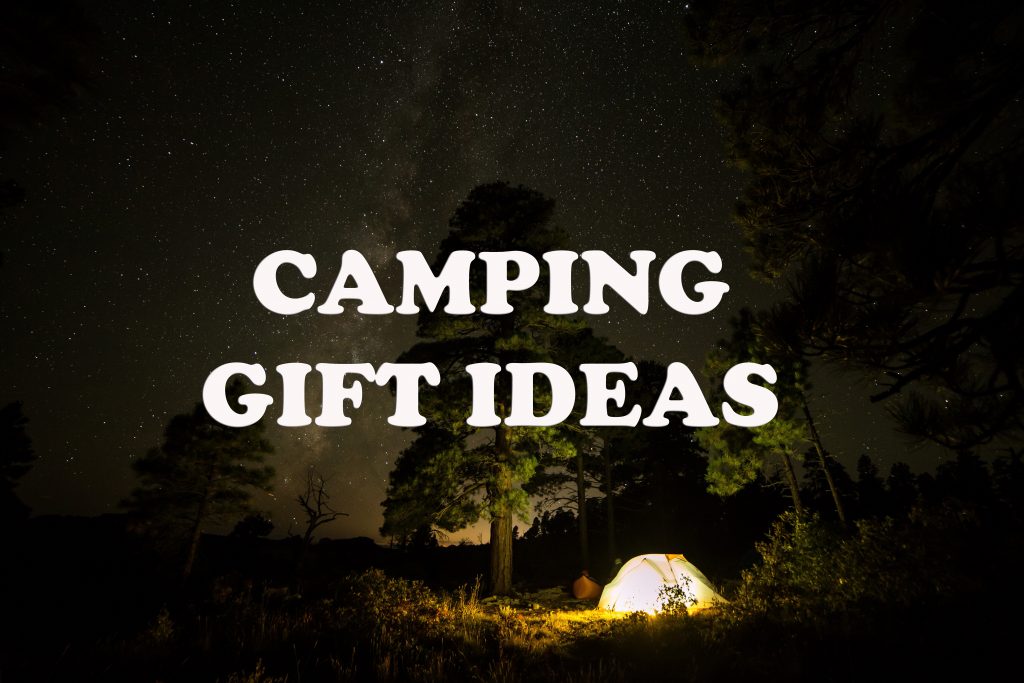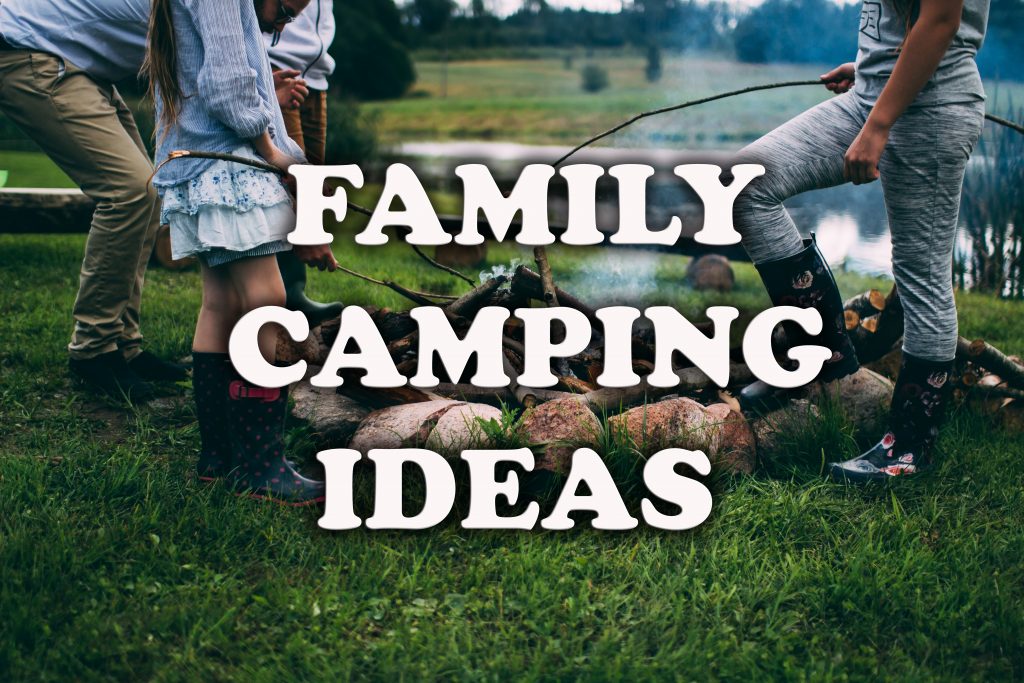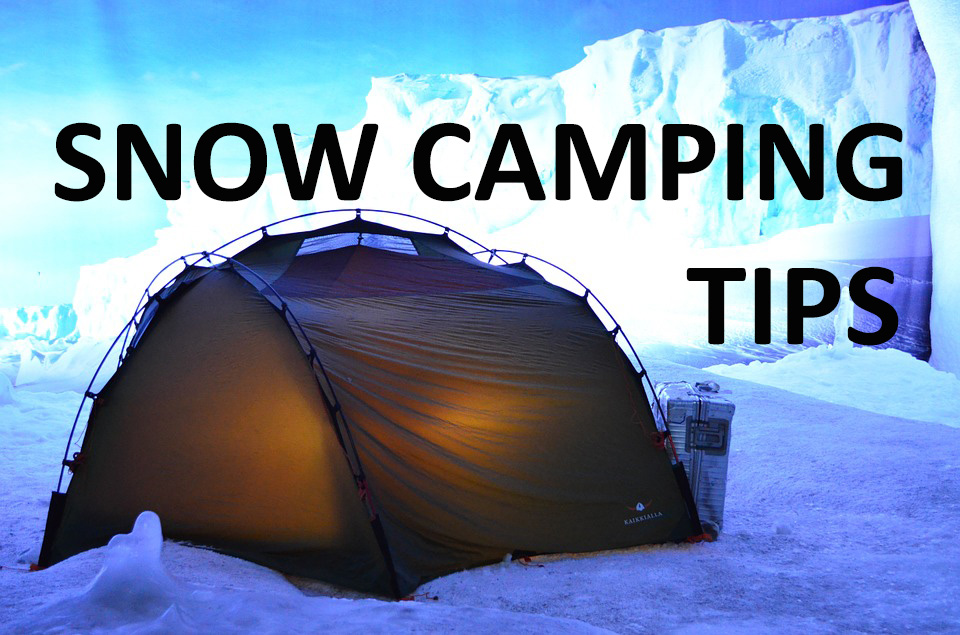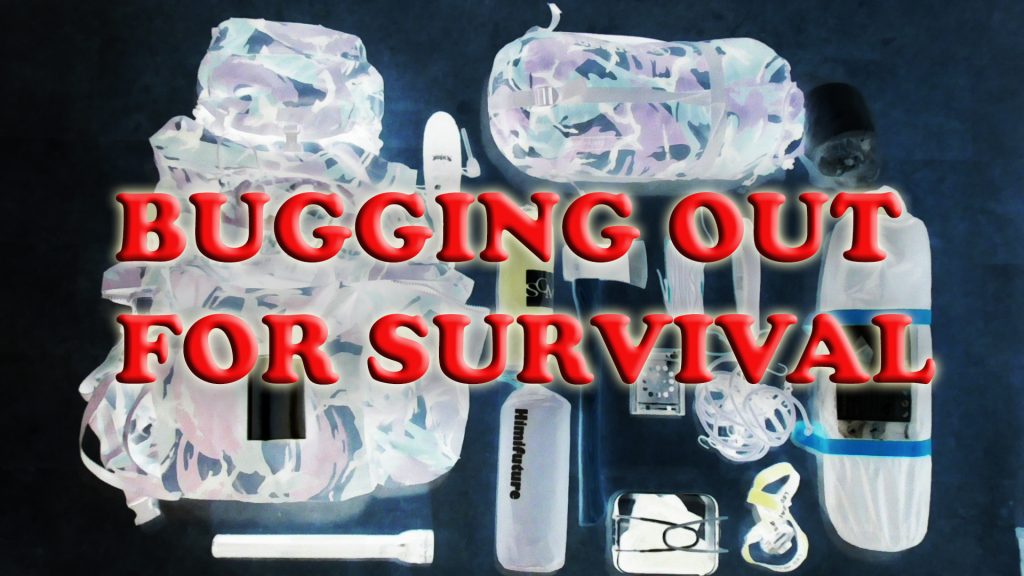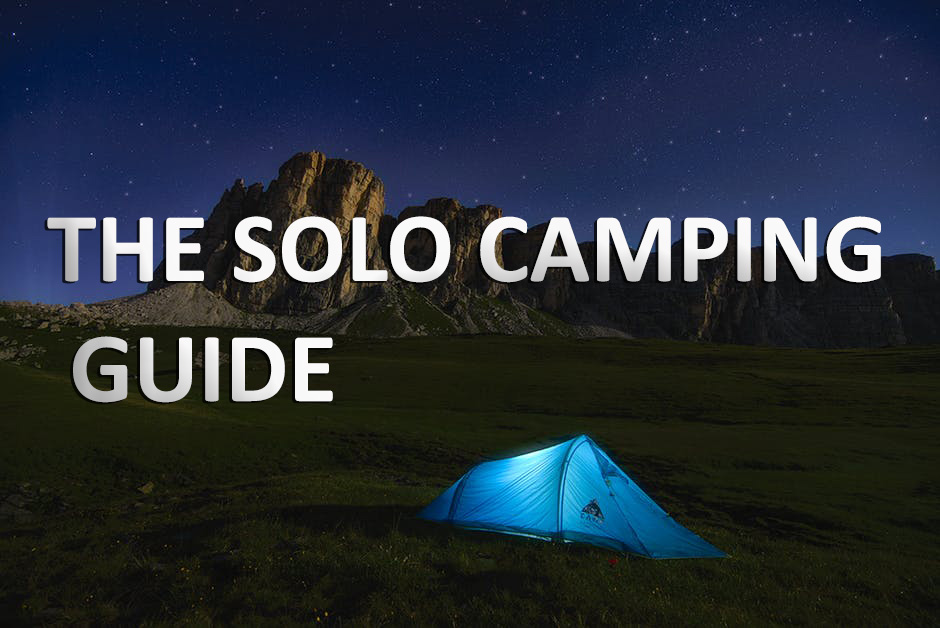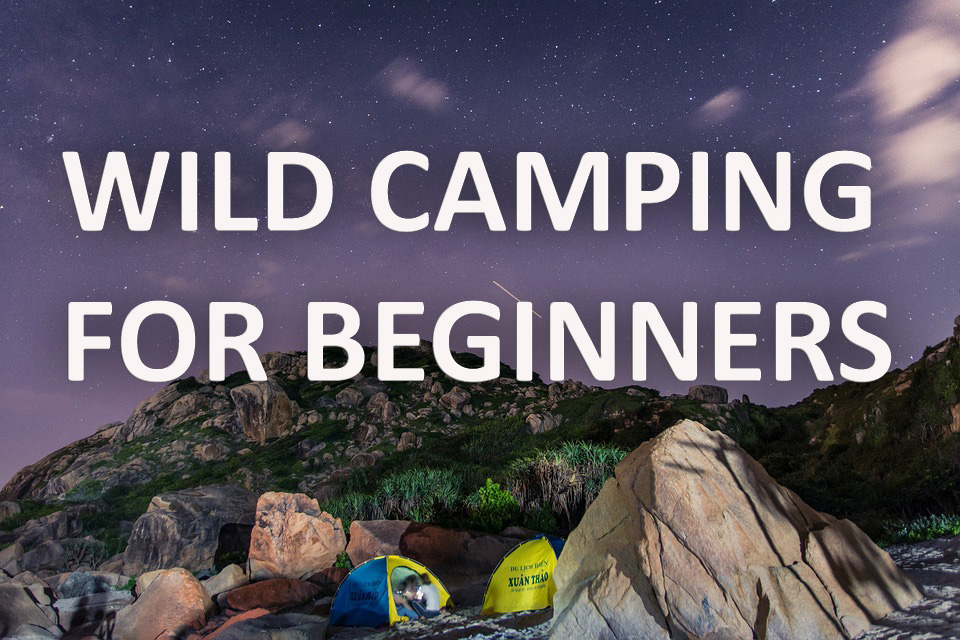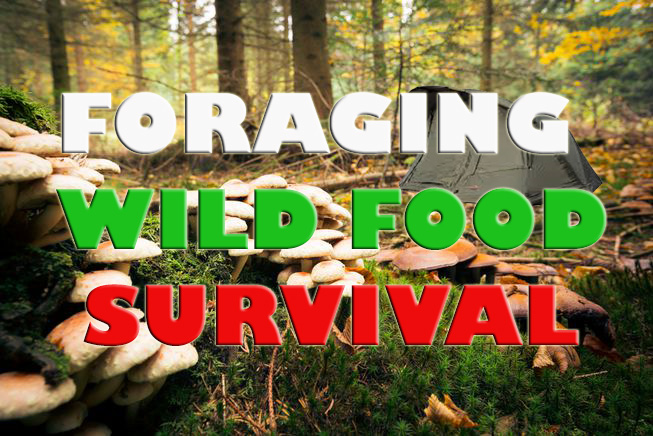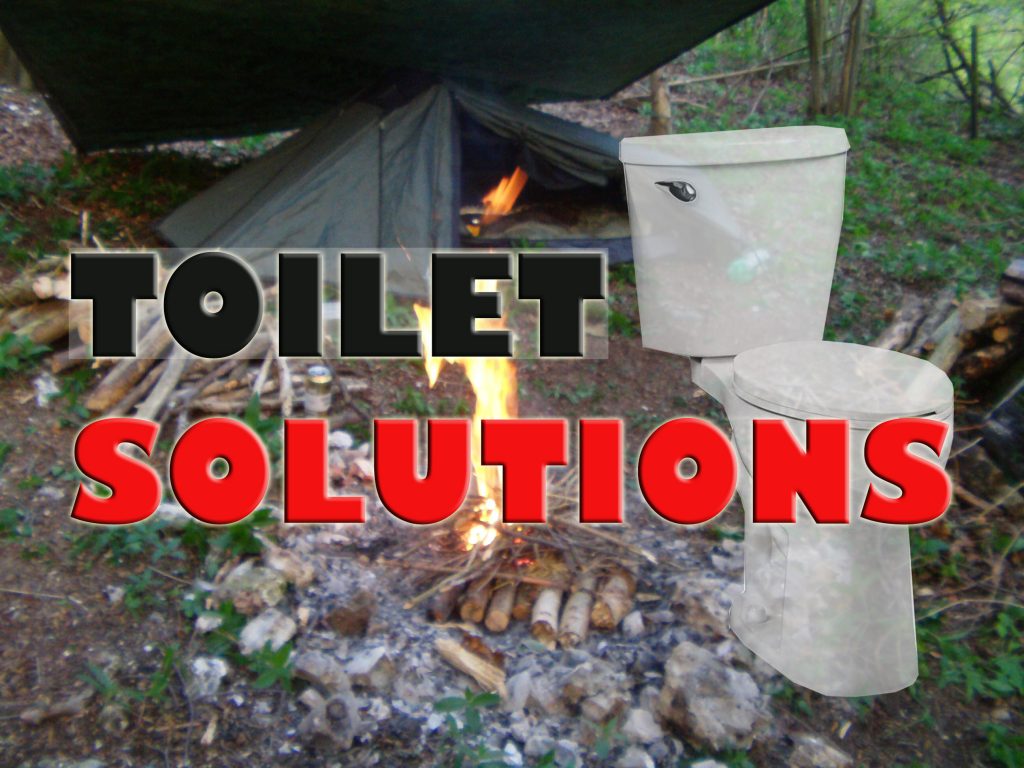Wild Camping Stoves
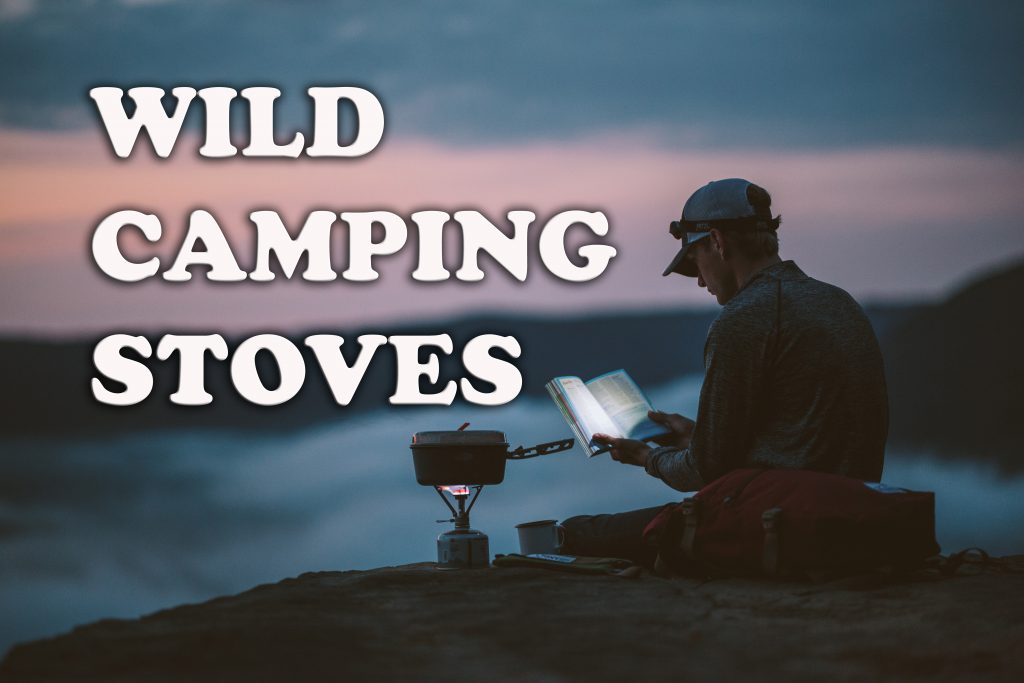
Wild Camping
Camping allows you to experience rugged landscapes and places of natural beauty. This contrasts greatly the environment of conventional camping sites. The latter often provide camping places on extensive lawn areas adjacent to caravans and mobile homes. These traditional campsites cater very little for people who want to enjoy the wild landscape. As the world becomes more urbanised with the increased stress of life it is not surprising many seek such wild escapism. Wild camping stoves allow the wild camper to move further from civilisation than ever before.
Camping in a wild environment is becoming ever more popular! Many new campsites are emerging in woodland settings and some even allow camp fires. Many prefer to hike into secluded locations finding great places to stealth camp and practice bushcraft. Wild camping gives the ability to practice wilderness survival, wild cooking and bushcraft.

The ultimate wilderness camping experience
Such activities include living in the wild, trekking to exciting places, cooking and preparing food. Meal time is always a special event when in the wilderness. Wilderness cooking usually requires camp fires or appropriate wild camping stoves.
These can vary greatly depending on the type of wild camping you will do. You may be more interested in bushcraft activities meaning you will probably utilise ways to cook with fire. Most wild camping expeditions rely on portable and lightweight, packable types of wild camping stoves. These can include various fuel types, materials, with varying shapes and sizes. Generally wild camping involves camping in two main wild camping location types woodland or exposed mountainous areas.
Wild camping in Mountains
Mountainous areas can create great opportunities to enjoy fantastic views and get away from modern infrastructure. As being perfect places for hiking and mountaineering expeditions these are an exceptional location to enjoy wild camping. It has to be said that mountainous areas and extensive moors can be rather unsettled and windy. This usually means wild camping stoves have to be able to provide enough heat in such conditions. This usually means stoves that burn compressed gas are useful for these environments.

Wild camping in woodlands
Wild camping in forested environments provides a truly primeval, wild experience. Before man cleared the great forests most landscapes even in lowland areas would have been forested. Woodlands are rich in timber which caters for bush craft activities and wild camping fires. There rich array of plant and fungi life make them perfect for foraging wild foods.
Numerous amounts of wildlife including birds, reptiles and mammals means there are good opportunities for wildlife watching. Woodlands are abundant in woody materials making them perfect for small stick and wood burning wild camping stoves.

Wild camping stoves
Camping stoves come in such a wide array of sizes, shapes and fuel sources. Which wild camping stove is best for you will depend on what kind of environment you are camping in. It will also depend on how heavy you wish your kit to be if you are covering large distances or climbing mountains.
Wild camping stove solutions are so varied that we have broken down the different types below. We have also included other equipment to enhance the potential of camp fires for cooking and boiling water.

Types of camping stove
Butane & Propane
These are a mixture of petroleum gasses which are used extensively in many types of camping stoves. These are highly desirable for camping as they are light weight and easily portable. These gases are usually compressed and come in metal cartridges with a valve on the top. A very common example of these types of stoves is the Canister top stoves. These are simply a foldable hob that plugs straight into the top of the canister.
These may be light weight and easy to use but they are usually rather unstable and problematic on uneven terrain. These do have the advantage of being compressed hence being powerful enough to cook in windy weather. Due to their vertical nature a metal cylinder can be stood around the stove to protect it from windy conditions.
Both of these stoves are good for cold conditions but if it is below zero propane is better. This results in these stoves being best for exposed, mountainous environments. We have put a selection of some good examples of these wild camping stoves below.
Multi use liquid stoves.
These can be used with a wider variety of fuels including Paraffin, Kerosene, Petrol, Gasoline and Diesel. This gives you a much wider variety of which fuels to take on your wild camping adventure. This can diversify what temperatures and conditions you can use them in and adjust your fuel to what is most effective. These stoves are certainly more versatile in the choice of fuels that you can use.
This means that overall they can burn fuels which are more effective in sub zero temperatures. These stoves are usually bulkier and heavier but studier than the gas canister wild camping stoves. This means you can cook with larger vessels of food and water than gas stoves. We have left some good examples of these stoves below.
Primus Multi Fuel Camping Stove
Hexi stoves
Hexi stoves are small, lightweight military grade camping stoves which are extremely quick and easy to use. These stoves consist of a metal shell which folds open allowing you to rest mess tins or kettles on top. There is an elevated underside which allows you to burn the fuel which comes in tablet form.
Hexi stove tablets burn slow and hot enabling you to boil water with ease. The main let down with these stoves is they are not as effective in windy conditions. For a lightweight and small packing way of boiling rations however they are a great option.
Stick stoves
These are extremely useful and light weight, these wild camping stoves that can pack down to virtually nothing. The concept of burning small sticks is an effective one as thinner, woody materials burn much brighter and hotter than bulkier woody material. The resourcefulness of these stoves means you can find a burnable source of fuel pretty much anywhere.
This is assuming there are trees and shrubs around which can be sparse in desert and very high, mountainous regions. It is also important to bear in mind these stoves do not take well to very windy conditions. Strong winds force the flames out of the sides burning your fuel away to quickly before it can focus any heat.
Another disadvantage with these is if the conditions are wet. Small sticks absorb water very easy and become too wet to burn in some environments. Sometimes it is best to use resinous pine sticks and cones with flammable natural resins to combat wet conditions.
Lixada Circular Stick Burning Stove
Wood burning stoves
Wood burning stoves and rocket stoves are a next level up from their stick burning cousins. These can burn more material and generate more heat. Some of these stoves can now even charge your mobile phone using a heat energy USB port. These larger wood burning stoves can become a problem when wild camping due to their size and weight. If trekking for miles off the beaten track then these are probably not effective as conventional wild camping stoves.
Some these wood burning stoves are becoming popular for use within larger canvas tents due to having a chimney system. These more sedentary wood burners can be used for more stationary ‘base camp type wild camping. They come with a packable frame and slotting chimney system which can poke out of a sealed outlet at the top of the camp. This can create a very warm camping environment! This is ideal for boating to wild shorelines or places you can drive in closer to wild camping locations.
Winnerwell Nomad wood burning stove
 Biolite usb charging wood stove
Biolite usb charging wood stove
Starting fire
Starting a fire is usually not a complicated process most prefer to simply take a lighter to get the job done. When wild camping however it is always advisable to have some other options to hand. Many wild campers have some interest in survival and like to learn alternative ways of catching a flame. In very wet conditions you could find your matches and lighters do not work causing a bit of a dilemma. For this reason it is at least a good idea to use a fire steel.
These are sticks of material which can easily cause a cascade of sparks when striked against metal material. You will have to collect fluffy, natural material such as wild clematis seeds or seeds of typha reed. These take a spark very well once you have a flame you can pile on small sticks to create a fire quickly. If in wet conditions pine resin and scraped birch bark can be frayed to catch a spark with a fire steel.
Alternatively if you are a real bushcraft expert you can learn how to make fire with a bow drill. Fire has been made this way by our hunter gatherer ancestors for thousands of years. This is not an easy skill to develop but could save your life in a survival situation. You can now buy pre made bow drills with notched timber so you can practice this ancient skill. These can be found on Amazon here.
Camp fires
Nobody can deny a camp fire can make a wild camping trip a real treat for the senses. Our ancestors have peered into the dancing flames of campfires at night for thousands of year. It was fire that enabled us to move into colder climates and repelled wild animals from trying to hunt us. Camp fires can make any freezing night comfortable and warm for whoever camps nearby. As great as campfires are it is important to stay within your local laws if you plan on having a camp fire.
During the summer time there is a very real risk of causing a wild fire. These can result in damage to property and a loss of life and should be taken very seriously. Beware that some ground types such as peat can catch fire. Camp fires in pine forests can also spread under ground as roots and soft debris can be flammable in these locations. Always know what you are doing when having a fire and if you need to have one follow some simple rules.

Campfire Safety
Try to use a metal fire pit where possible. This will prevent a fire from spreading and stop the fire from touching the ground. If you do have a fire on the floor dig out a deep bowl in the ground and pile up loose earth around the outside. This will allow you to smother the fire when you’re finished. Always clear loose, combustible material away from the surrounding ground to a minimum distance of 2 metres.
Try not to pitch a tent also within two metres of a campsite and never pitch a tent downwind of the fire. Given that you have permission and not camping in a very hot, dry location you are safe to proceed. Follow these rules and you should never have a problem with your camp fire.

Camp fire grills
Camp fire grills can go over the top of a camp fire to make a barbecue or mimic the function of a wild camping stove. These can be constructed of barbecue grills suspended over the fire pit or you can buy a fold out camping grill. I use a lightweight small camping grill that I will link to on Amazon here. This packs down easily and great for cooking steaks straight over the fire.
This folding camp fire grill is just the perfect size for the average small camp fire. Sometimes I take two of these to a camping location with some pre skewered Greek style kebabs. Here I set up a grill at each end and rest the skewers across them. This can be a very effect way to utilise a camp fire for cooking. These grills also allow you to boil water over the fire and heat up rations in a saucepan.

Fire tripods
Camp fire tripods are a rather exciting and medieval themed idea for the camp fire. These are seemingly far away from the idea of a conventional wild camping stove but just as effective. Many of these come with hanging hooks of varying attachments that can be lowered and raised.
The most common of these are a cast iron saucepan or cauldron and the hanging grill. The hanging grills of these tripods are usually thicker than barbecues making them much easier to clean. At the end of cooking meats fresh sticks can be added to the coals. This allows flames to burn off any remaining fat making it easy to clean for the next time you use them.
The hanging cauldrons are an extremely theatrical way to cook while by the camp fire. Ingredients can be pre packed with sauce mixes and simply added to the pan allowing it to stew for a couple of hours. Stews and curries are great for these and are an exceptionally exciting way to cook during wild camping trips. There are an increasing number of these available online I will link to my favourite on Amazon here.
Camp fire tripod with Cauldron
Thank you for reading our article on wild camping stoves. Did it help you with your search? If so why not share it with others you think will find it useful? If you would like more information about more general wild camping equipment check out our article here.
‘As an Amazon Associate I earn from qualifying purchases’








